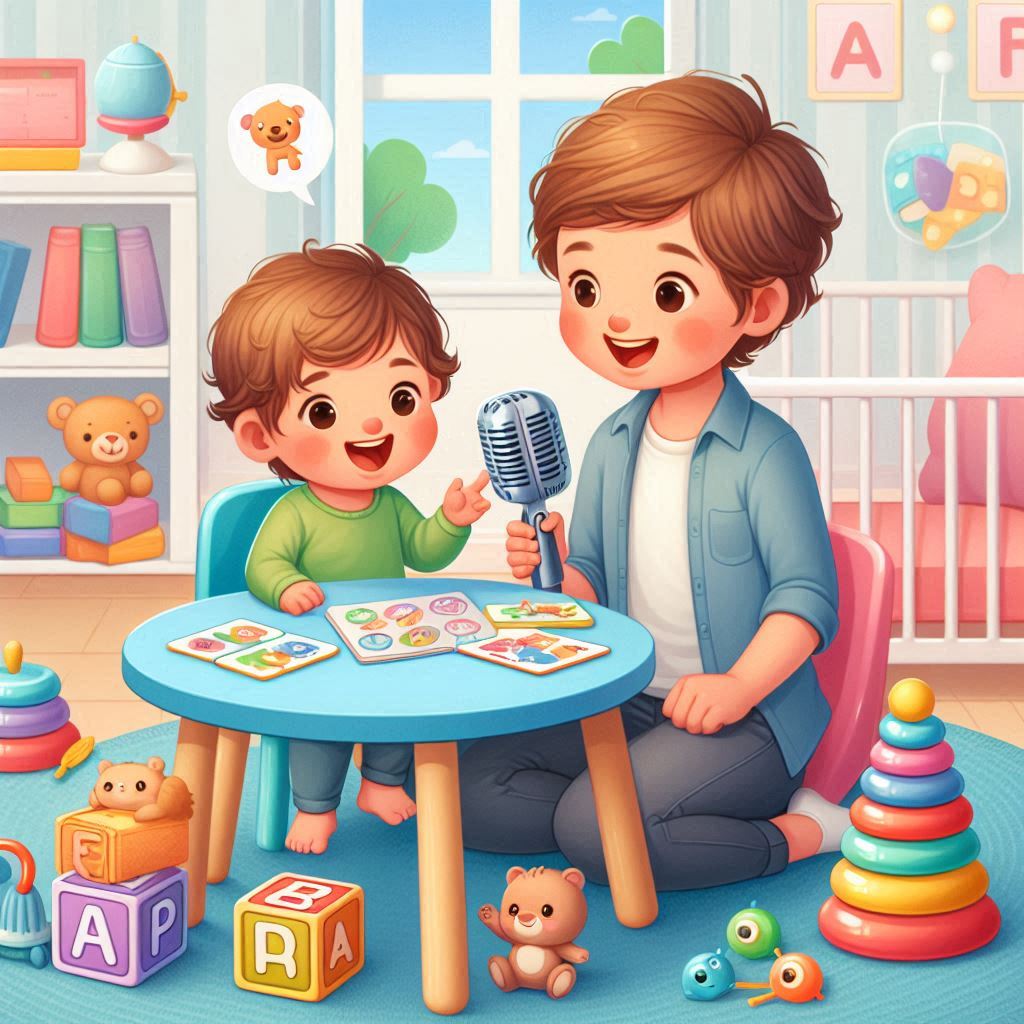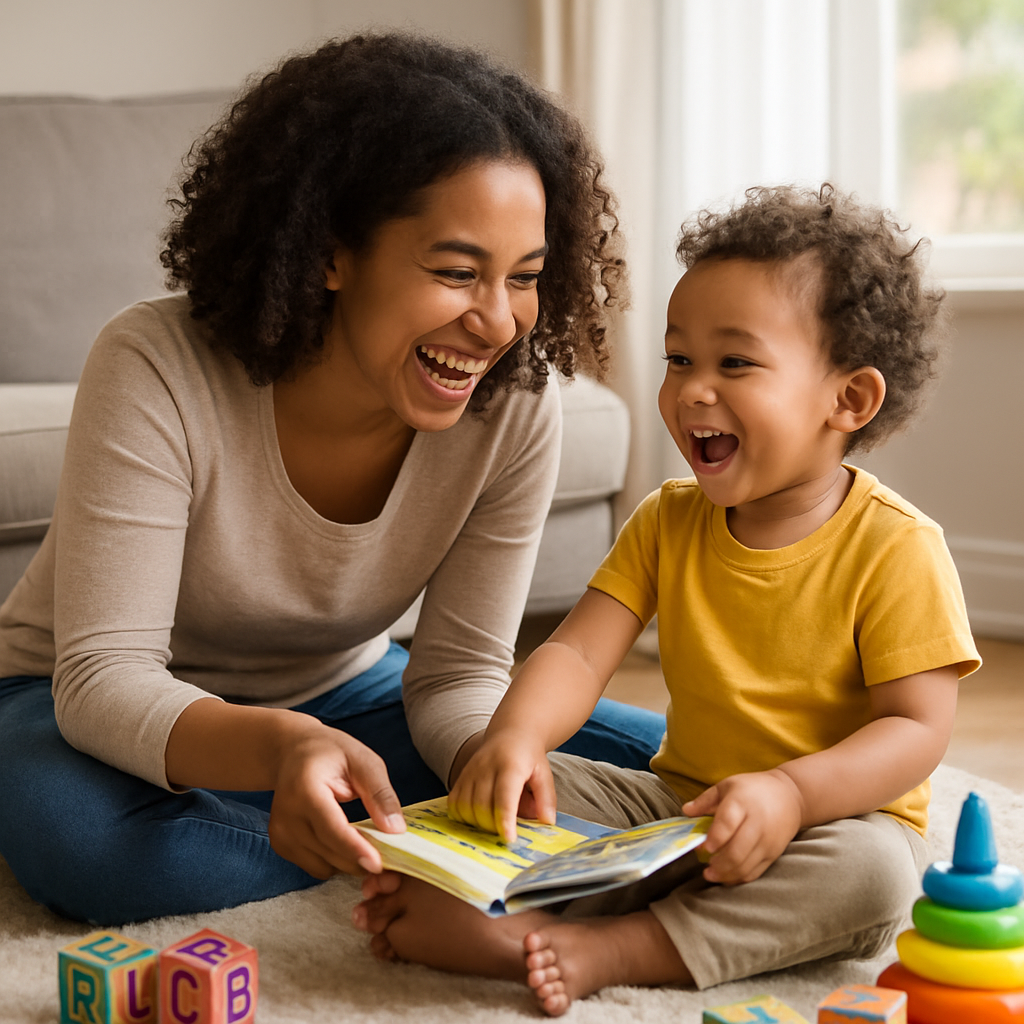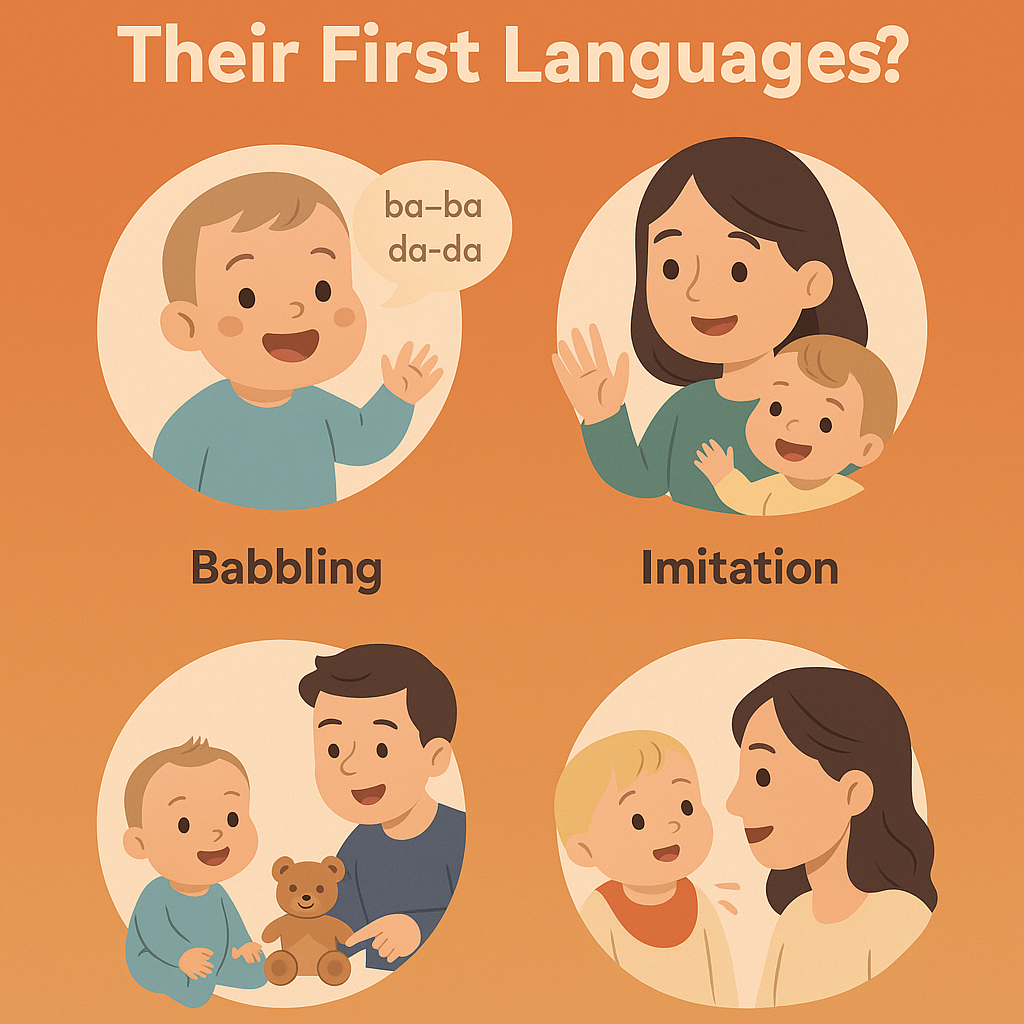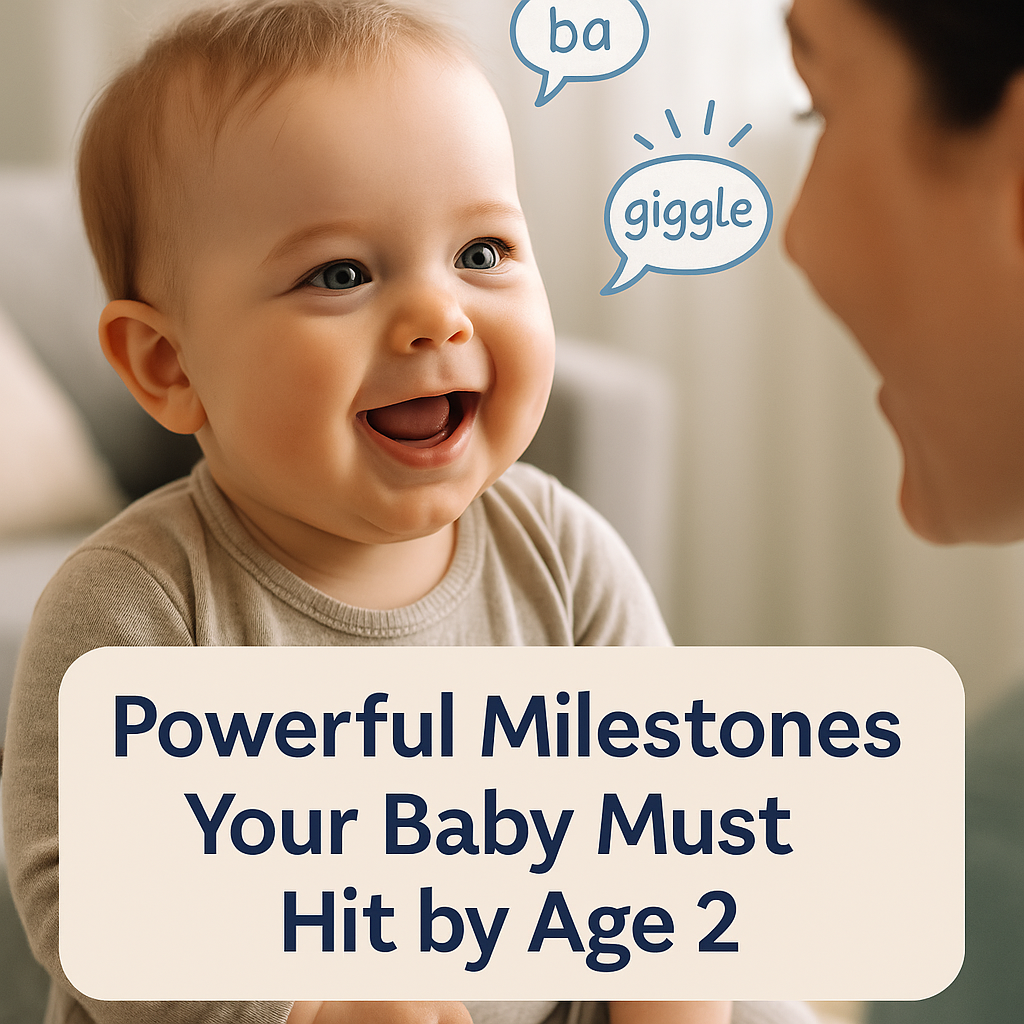As a parent, watching your child grow into their voice is one of life’s most magical milestones. But speech development doesn’t happen in silence—it thrives on interaction, repetition, and fun!
Whether your child is just starting to babble or is forming full sentences, the following 21 speech-stimulating activities are designed to supercharge their language skills—while keeping things playful and pressure-free.
Why Activities Matter for Speech Development
Speech is more than just words—it’s about listening, responding, and making sense of the world. According to the American Speech-Language-Hearing Association (ASHA), early exposure to interactive, language-rich environments significantly supports expressive and receptive language development.

1. Read Aloud Every Day
Even if they don’t understand every word, the rhythm and repetition of books builds vocabulary and comprehension. Use different voices and point at pictures as you name them.
2. Sing Nursery Rhymes and Songs
Songs introduce new words in a memorable, melodic way. Add actions to make it even more engaging.
3. Play Pretend (Dolls, Animals, Kitchen Play)
Pretend play encourages imagination and conversation. Narrate what the toys are “saying” and let your child chime in.
4. Use Flashcards With Real Images
Start with everyday objects (dog, apple, shoe). Say the word clearly and slowly, and encourage them to repeat.
5. Label Everything
As you go about your day, name objects out loud: “This is a spoon. Here’s your sock.” Constant repetition builds word recognition.
6. Ask Simple Questions
Even if your child isn’t talking yet, ask yes/no or “what’s this?” questions. Pause to give them time to process and respond.
7. Try Animal Sounds and Noises
“Woof! Moo! Meow!” Animal sounds are often easier to mimic and are great first words.
8. Make a Sound Box
Fill a small box with noise-making toys (rattles, bells, whistles). Each sound offers a chance to associate cause and effect with vocal reactions.
9. Use Mirrors During Play
Let your toddler watch their mouth while making sounds—it boosts awareness of how speech is formed.
10. Go on a ‘Talk Walk’
Narrate everything you see: “Look! A red car. It’s going fast. Here’s a bird!” Use these everyday moments to enrich vocabulary.
11. Create a Sensory Bin
Fill a container with rice, beads, or pasta. As they play, talk about textures, colors, and shapes: “Is it rough or smooth?”
12. Watch Baby Sign Language Videos
Introducing signs like “milk” or “more” before speech starts bridges the gap between desire and expression.
13. Name Emotions With Faces
Show them pictures or mirror faces and label the emotion: “Happy! Sad! Surprised!”—this builds emotional vocabulary too.
14. Play Turn-Taking Games
Simple back-and-forth games like rolling a ball teach conversational flow and patience.
15. Use Puppets for Conversations
Kids open up more to playful characters. Let the puppet ask questions, sing, or describe objects.
16. Tell Stories With Picture Books (Without Reading)
Let them flip through books and describe what’s happening in their own words, even gibberish counts.
17. Try Water Play and Talk Through It
“Splash! Pour. Fill the cup. Where did the duck go?” Water play is rich with action-based words.
18. Make an ‘I Spy’ Game
Start simple: “I spy something blue… it’s your cup!” This game builds observation and vocabulary skills.
19. Use a Toy Telephone
Pretend conversations encourage role-play and sentence formation. “Hello, who’s calling?”
20. Cook Together
While making simple recipes, narrate each step. “Pour the milk. Stir it. Now taste!” Bonus: food vocabulary!
21. Practice Naming Body Parts
Sing songs like “Head, Shoulders, Knees, and Toes” while pointing and encouraging them to follow along.
When Should I Worry About Speech Delay?
If your child isn’t babbling by 12 months, hasn’t spoken their first word by 16 months, or isn’t combining two words by age 2, it’s a good idea to consult a pediatrician or speech-language pathologist. Early intervention makes a big difference.
🔗 Learn more from CDC’s Developmental Milestones
Final Thoughts
Don’t wait for your toddler to “catch up” on their own—create the kind of environment that inspires talking. These 21 activities aren’t just fun—they’re foundational to your child’s brain, social, and emotional growth.
Every giggle, babble, and mimic is a step toward meaningful conversation.
FAQs
How often should I do these activities?
You don’t need a strict schedule—just weave them naturally into your day. Even 15–30 minutes of focused interaction daily makes a big difference.
What if my toddler doesn’t respond much?
Keep the tone encouraging. Narrate what they’re doing and give them time. Children learn by observing long before they speak.
Can I use screens or videos to teach speech?
Limit screen time. Interaction, not passive watching, is the key. If using videos, pick ones that prompt repeat-after-me style engagement.
At what age should my child start talking?
Most kids say their first word between 12 and 15 months and string two words by 24 months. There’s a wide range—focus on progress, not perfection.
This Article May Interest You
communication milestones by age: What Communication Skills Should My Baby Have by 6, 12, or 24 Months?




